Toyota may lag behind other automakers when it comes to introducing battery-electric vehicles, but there’s a good reason for that. That’s another story for another time, but fast forward to the 2023 Japan Mobility Show, the automaker has proven that it has EVs in mind as well.
Lexus, Toyota’s luxury arm, has also been appointed as the one in charge in terms of developing and introducing electric models. At the JMS, Lexus has given us a sneak peak of what its electric future in the form of two production-bound concepts – the LF-ZC and LF-ZL.
LF-ZC (Lexus Future Zero-emission Catalyst)
Lexus unveiled its latest masterpiece: the LF-ZC (Lexus Future Zero-emission Catalyst). Positioned as the larger sibling to the RZ, a car touted as “a hundred miles away from greatness,” the LF-ZC was poised to be a defining evolution in Lexus’s design and engineering narrative.
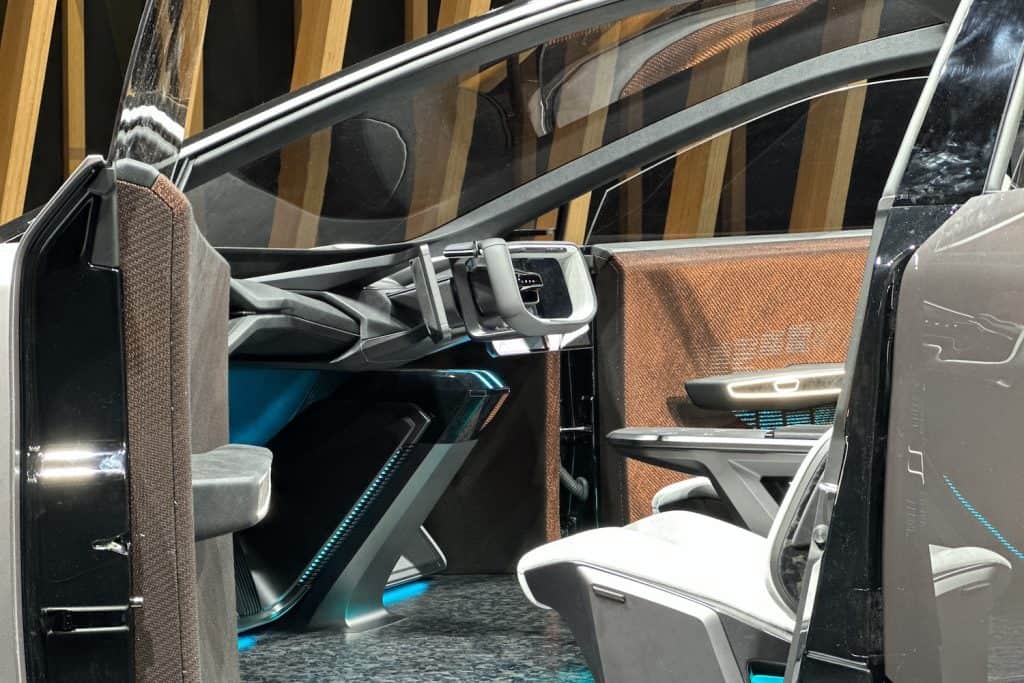
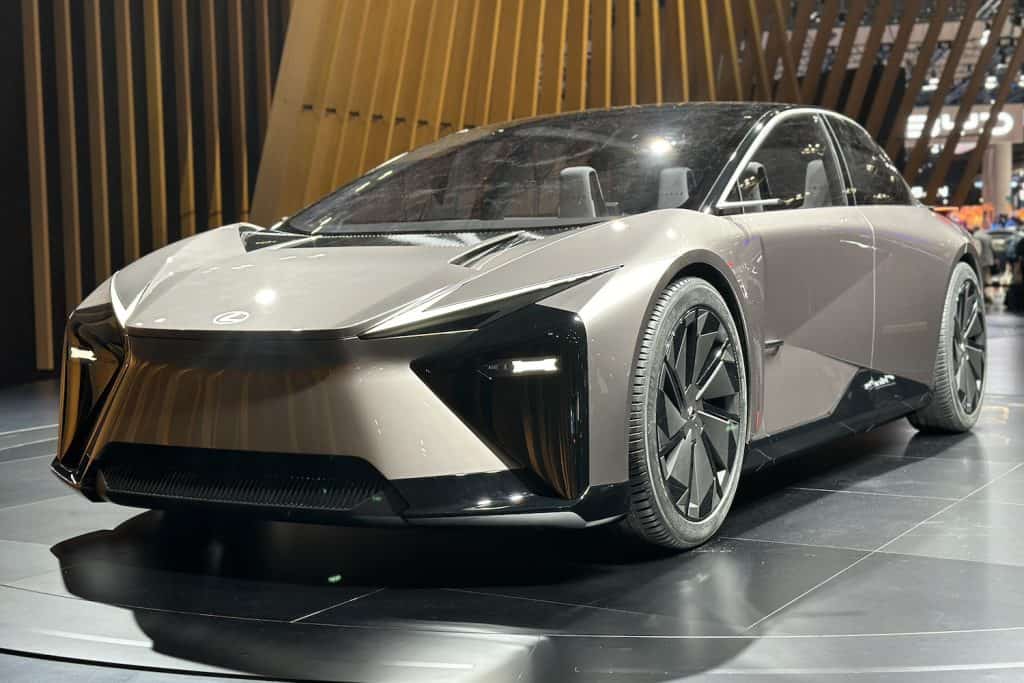
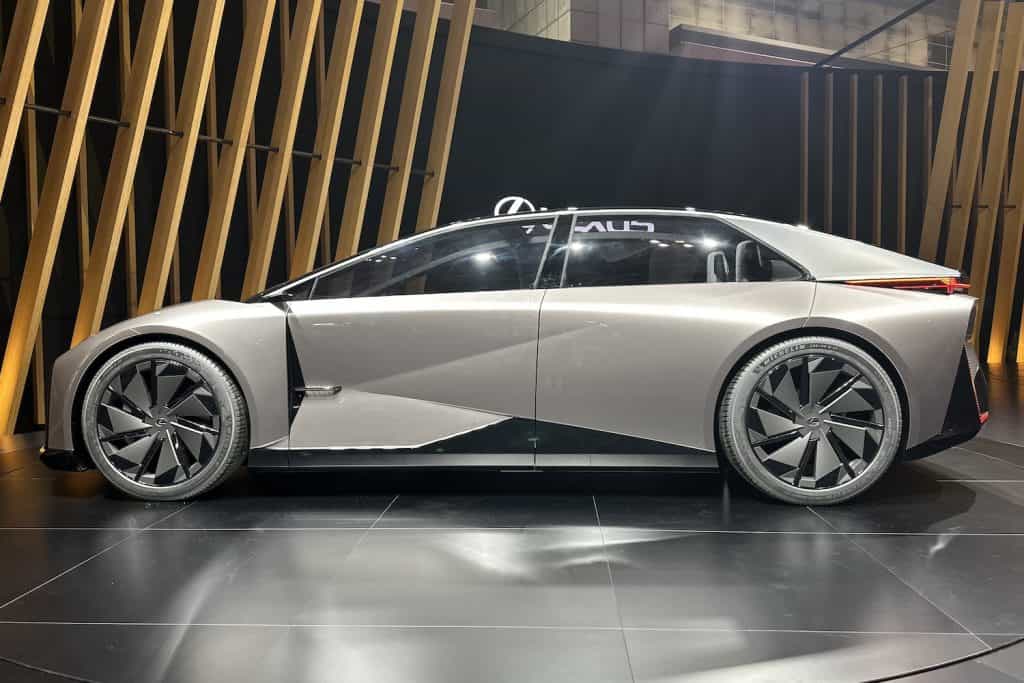
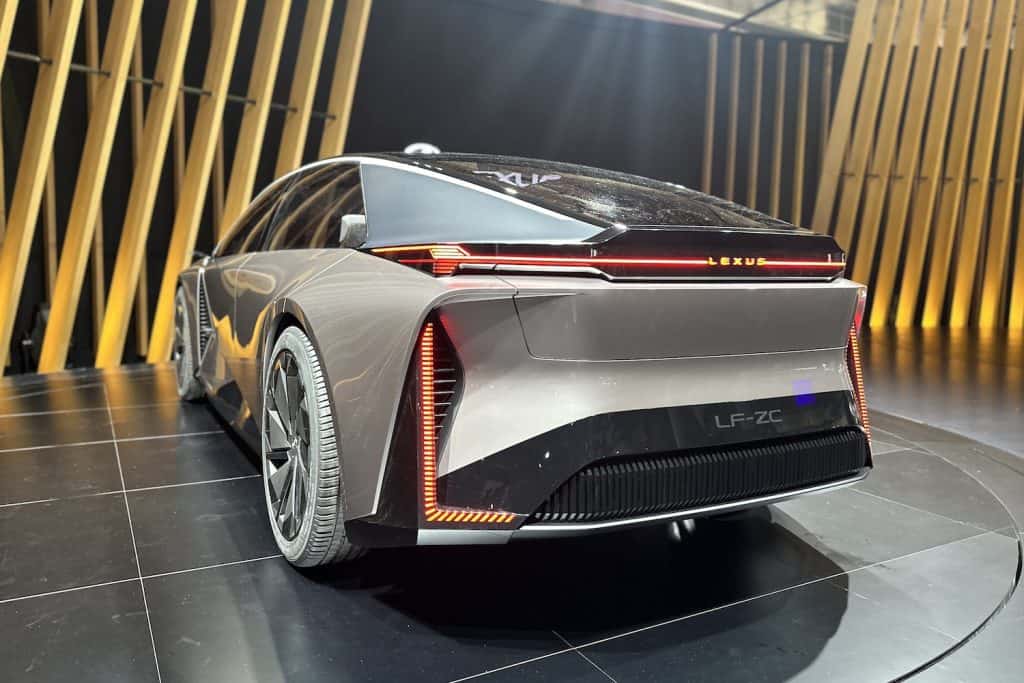
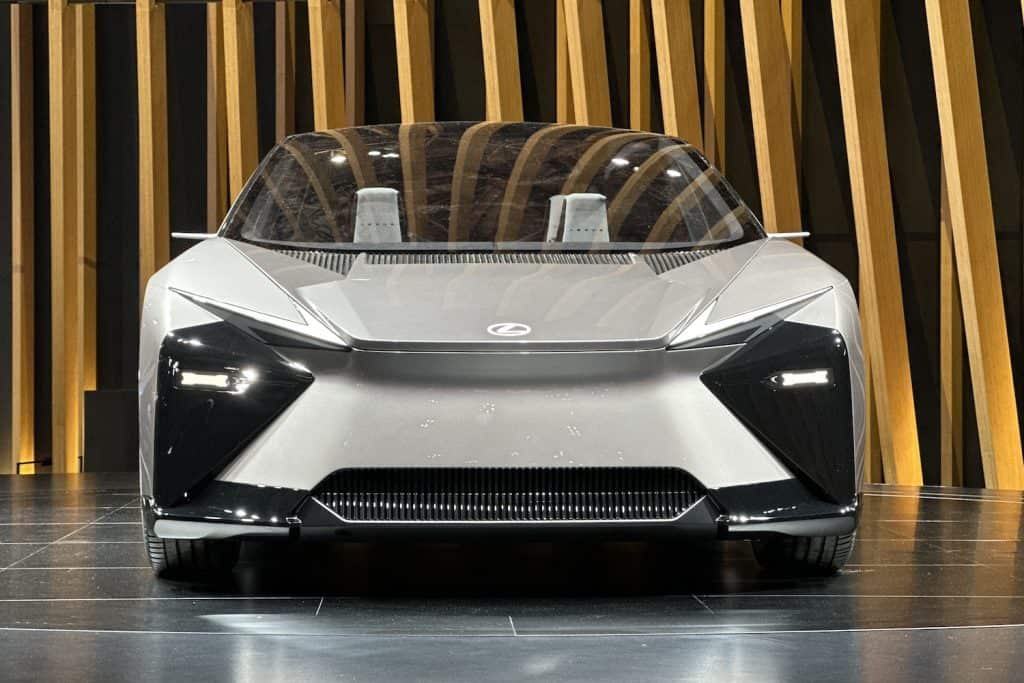
Lexus christened its design language for the LF-ZC as “Provocative Simplicity.” The car’s exterior, while initially perplexing with its radical aesthetic, showcased a purpose beyond sheer visual appeal. The low-slung body, tapering roofline, and uniquely integrated rear wheel flares weren’t just stylistic elements but served intricate aerodynamic functions.
Despite the radical exterior, the interior of the LF-ZC was a haven of thoughtful design. With a fully flat floor and a panoramic roof, it redefined spatial comfort. The seating layout, with front occupants positioned forward and low, ingeniously created more room for rear passengers.
In a revolutionary shift, Lexus bid adieu to the infamous touchpad-driven infotainment system, opting for a more intuitive touchscreen display. Introducing the “eyes on the road” principle, the car featured a minimalistic digital instrument cluster and dual screens mounted discreetly on the steering wheel. The innovative voice recognition system, “Butler,” personalized itself using driver habits, marking a pioneering step in intuitive car technology.
Environmental consciousness permeated the LF-ZC’s design. The interior, instead of conventional leather, featured Bamboo-derived materials, reflecting Japan’s heritage and ensuring a luxurious yet eco-friendly ambiance. The choice of Bamboo was not just about sustainability but also a nod to the car’s cultural roots.
Underpinning its structure with gigacasting technology, the LF-ZC boasted structural integrity and reduced production time, aligning with the automotive industry’s latest manufacturing trends. Powering the LF-ZC was Toyota’s cutting-edge battery technology, promising a 500-mile range and a rapid 20-minute recharge.
Details on the power figures were scarce, but the promise of all-wheel drive hinted at a dual-motor system, employing the latest downsized e-axles. Technological advancements, including the steer-by-wire system from the RZ model, signaled an innovative approach to driving dynamics.
As enthusiasts and environmentalists alike eagerly anticipated its imminent arrival, Lexus’s projected launch in 2026 hinted at a more refined and production-ready LF-ZC in the following year, poised to redefine the electric vehicle landscape.
LF-ZL (Lexus Future Zero-emission Luxury)
The LF-ZL (Lexus Future Zero-emission Luxury) is the other model shown by Lexus at JMS – a groundbreaking concept that promises to redefine luxury in the EV era.
At almost 209 inches in length and 79.5 inches wide, the LF-ZL projected an opulent presence, surpassing even the dimensions of the Lexus LX. Despite its impressive size, the vehicle accommodated only two rows of seats within its 132-inch wheelbase, signaling a shift towards ultra-luxury crossovers prioritizing unparalleled passenger comfort.
Lexus envisioned a remarkable ownership experience driven by Toyota’s next-generation EV technology. Promising 500 miles from a 20-minute charge by 2026, with future prospects of achieving a staggering 745 miles using solid-state batteries, the LF-ZL assured exceptional range figures.
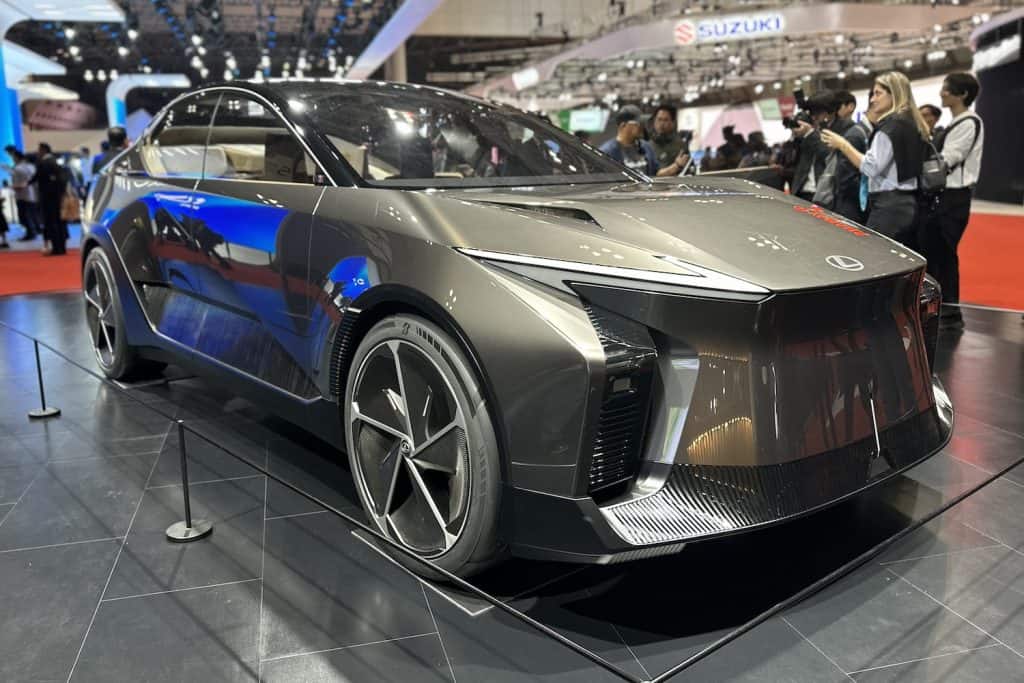
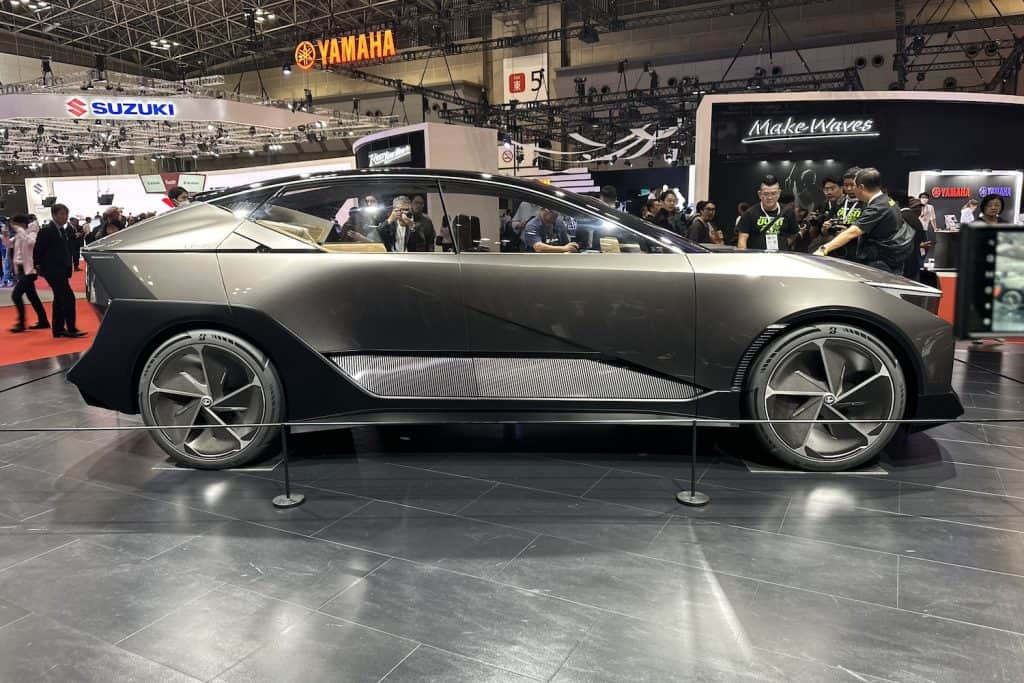
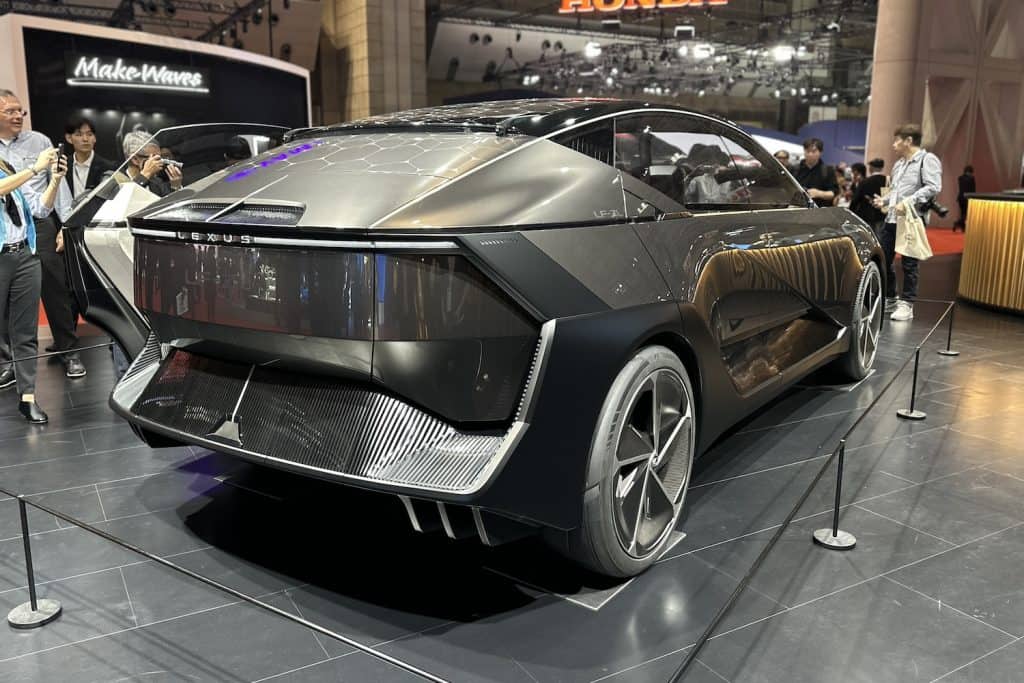
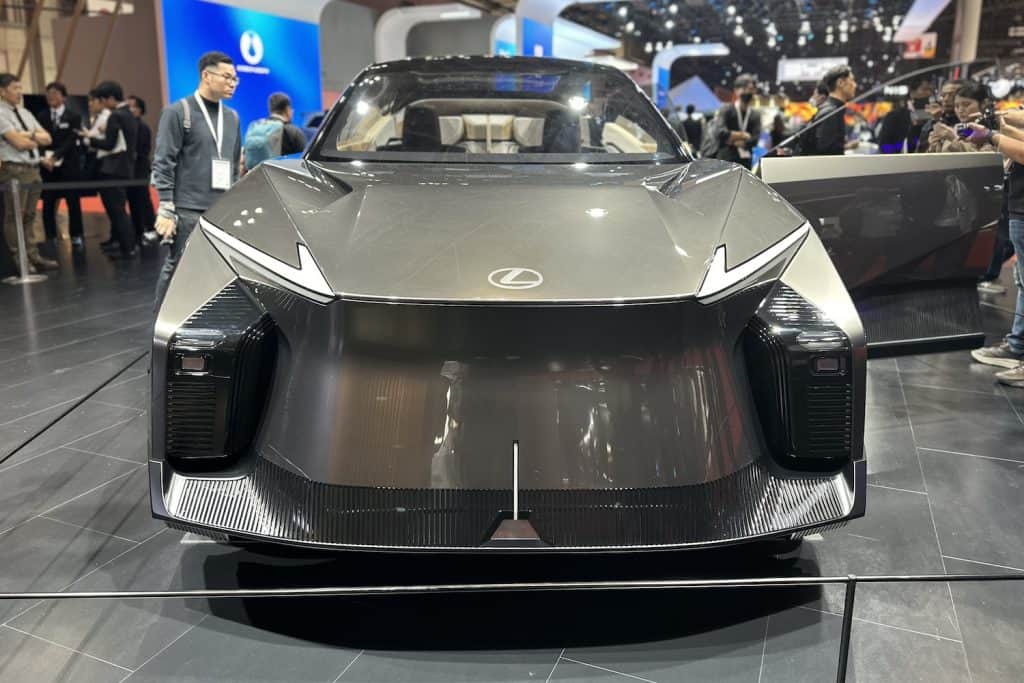
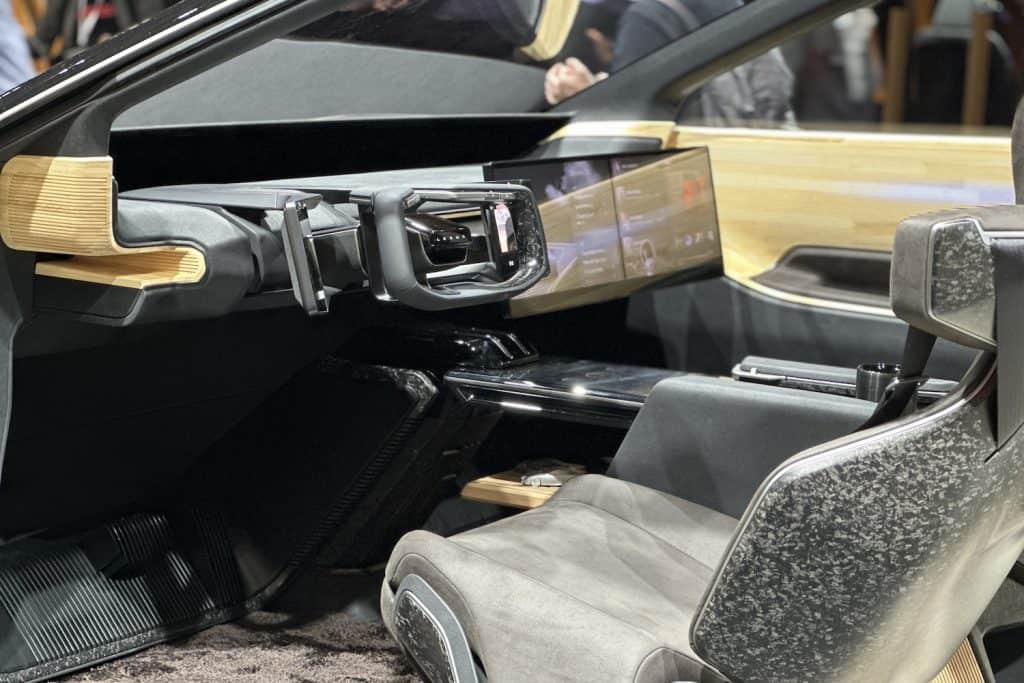
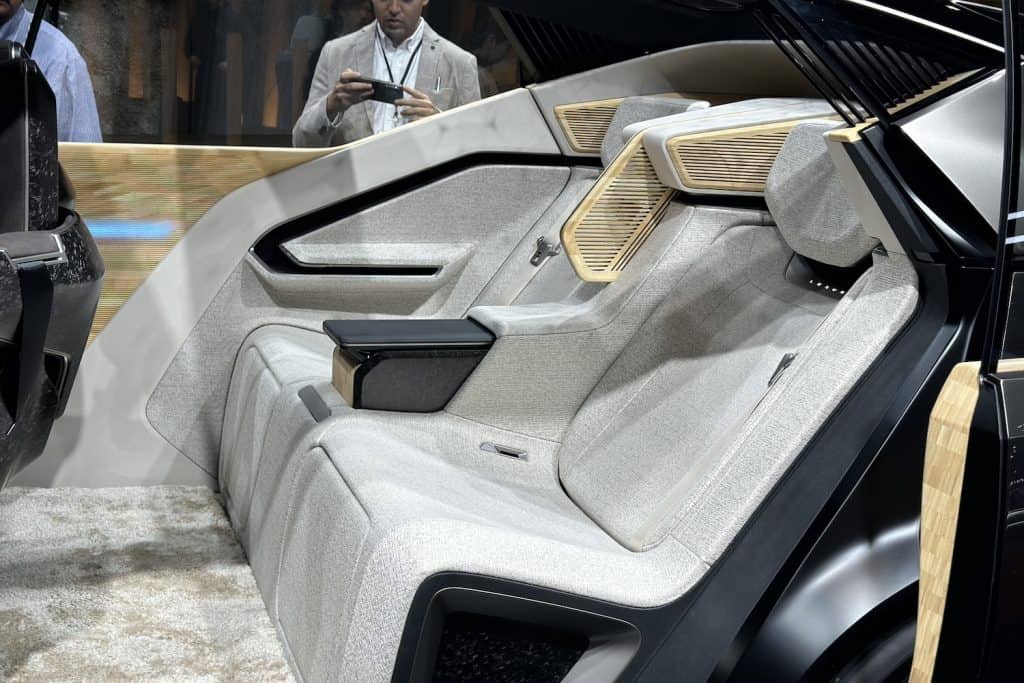
The heart of this concept lay in its serene cabin, embodying the Japanese philosophy of Omotenashi. Lexus vowed to go above and beyond for its customers, focusing on intricate details and anticipating their every need.
Central to this vision was the implementation of the Arene OS, a sophisticated system managing various car functions, from driving dynamics to sounds and vibrations. Not just a technological leap, Arene hinted at a future where Lexus cars would evolve toward autonomy, enabling drivers to relax and immerse themselves in their surroundings.
“Interactive Reality in Motion” emerged as a pivotal feature, utilizing onboard sensors and connectivity to provide owners with enhanced information about their environment. The vehicle could even respond to passenger cues, offering insights or historical snippets based on what it observed.
Moreover, the LF-ZL’s nomenclature hinted at a series of future innovations, with Lexus teasing concepts like LF-ZV and LF-ZA. Speculation brewed about an all-electric ultra-luxurious minivan and a potential successor to the legendary LFA, incorporating the cutting-edge design language and technological marvels showcased in the LF-ZL.
Amidst rumors of an electric LFA successor and the unveiling of the Electrified Sport Concept, intrigue surrounded the LF-ZA’s true identity. Would it signal the next chapter for the iconic LFA, or was it a precursor to an entirely distinct evolution in Lexus’s lineup?
As enthusiasts and industry insiders speculated, one thing remained certain—Lexus’s commitment to embracing the electric future and pioneering new standards in luxury and technology, leaving the world eagerly anticipating the reveal of their future innovations. Time alone would unfold the mysteries behind these tantalizing trademarks and concepts.

